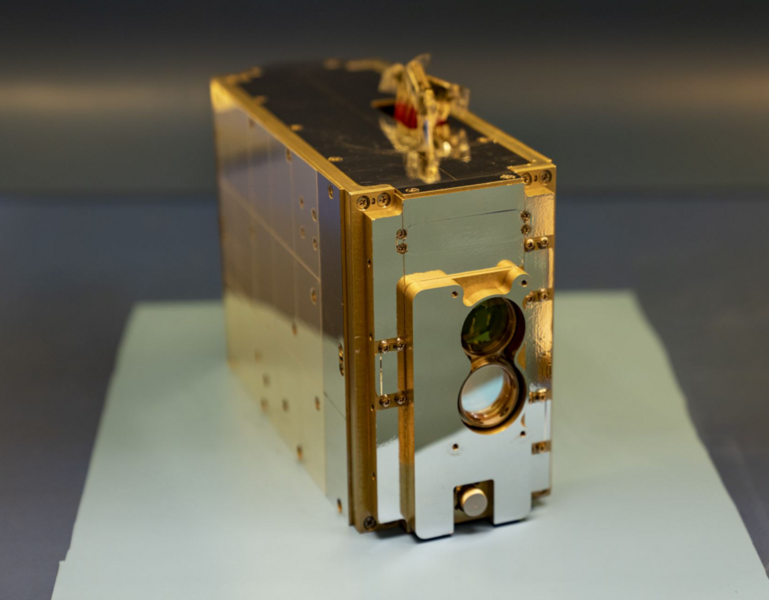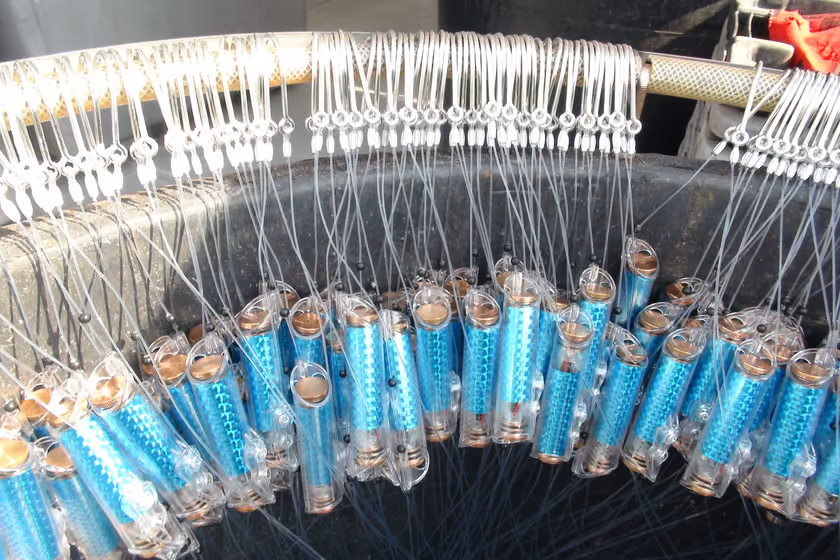A small satellite developed by MIT’s Lincoln Laboratory has achieved the fastest laser link from space.
The satellite TBIRD (TeraByte InfraRed Delivery) used the laser to beam a record data transmission rate of data at up to 100 gigabits per second (Gbps) to a ground-based receiver in California.
In comparison, SpaceX’s Starlink satellite internet averages between 20-100 Mbps, and even the International Space Station’s data transmission speed tops out at around 600 Mbps.
That makes TBIRD around 200 times faster than other satellites in the orbit
The fastest laser link from space means future satellites will be able to communicate many times faster than today. Interestingly, this record-setting speed is achieved by a communications payload around the size of a normal tissue box.
Jade Wang, the Lincon laboratory’s program manager for the TBIRD payload said “We’ve demonstrated a higher data rate than ever before in a smaller package than ever before. While sending data from space using lasers may sound futuristic, the same technical concept is behind the fiber-optic internet we use every day. The difference is that the laser transmissions are taking place in the open atmosphere, rather than in contained fibers,”
“In just a few weeks of operations, we have already accomplished this goal, achieving unprecedented transmission rates of up to 100 gigabits per second. Next, we plan to exercise additional features of the TBIRD system, including increasing rates to 200 gigabits per second, enabling the downlink of more than 2 terabytes of data — equivalent to 1,000 high-definition movies — in a single five-minute pass over a ground station.”







